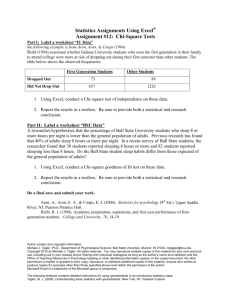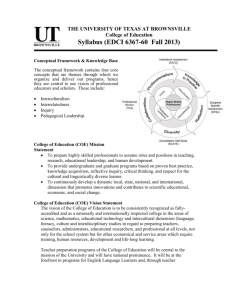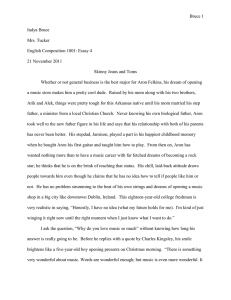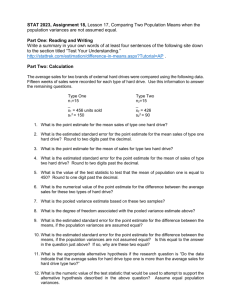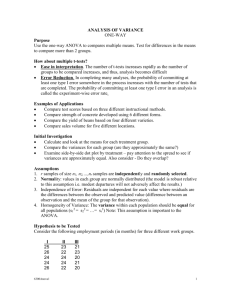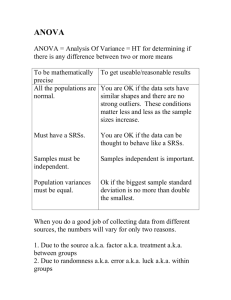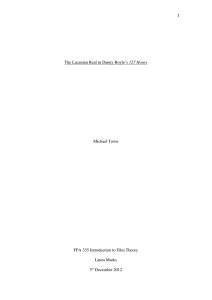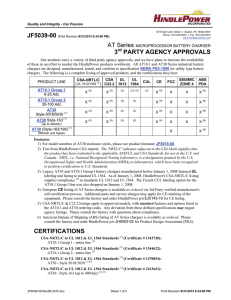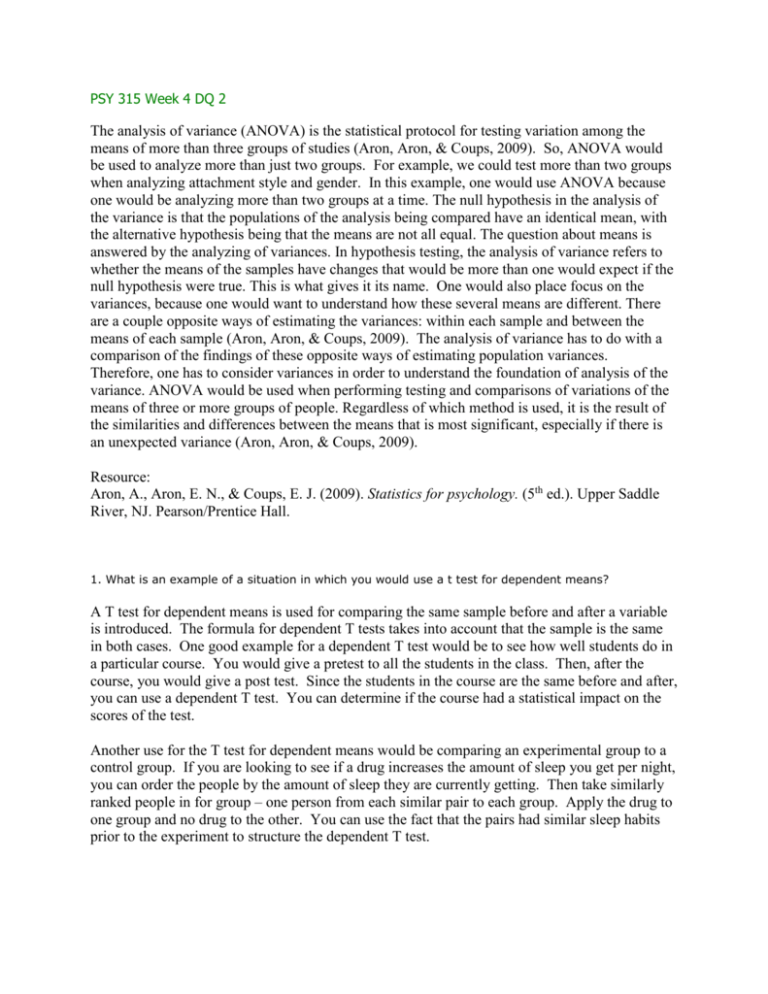
PSY 315 Week 4 DQ 2
The analysis of variance (ANOVA) is the statistical protocol for testing variation among the
means of more than three groups of studies (Aron, Aron, & Coups, 2009). So, ANOVA would
be used to analyze more than just two groups. For example, we could test more than two groups
when analyzing attachment style and gender. In this example, one would use ANOVA because
one would be analyzing more than two groups at a time. The null hypothesis in the analysis of
the variance is that the populations of the analysis being compared have an identical mean, with
the alternative hypothesis being that the means are not all equal. The question about means is
answered by the analyzing of variances. In hypothesis testing, the analysis of variance refers to
whether the means of the samples have changes that would be more than one would expect if the
null hypothesis were true. This is what gives it its name. One would also place focus on the
variances, because one would want to understand how these several means are different. There
are a couple opposite ways of estimating the variances: within each sample and between the
means of each sample (Aron, Aron, & Coups, 2009). The analysis of variance has to do with a
comparison of the findings of these opposite ways of estimating population variances.
Therefore, one has to consider variances in order to understand the foundation of analysis of the
variance. ANOVA would be used when performing testing and comparisons of variations of the
means of three or more groups of people. Regardless of which method is used, it is the result of
the similarities and differences between the means that is most significant, especially if there is
an unexpected variance (Aron, Aron, & Coups, 2009).
Resource:
Aron, A., Aron, E. N., & Coups, E. J. (2009). Statistics for psychology. (5th ed.). Upper Saddle
River, NJ. Pearson/Prentice Hall.
1. What is an example of a situation in which you would use a t test for dependent means?
A T test for dependent means is used for comparing the same sample before and after a variable
is introduced. The formula for dependent T tests takes into account that the sample is the same
in both cases. One good example for a dependent T test would be to see how well students do in
a particular course. You would give a pretest to all the students in the class. Then, after the
course, you would give a post test. Since the students in the course are the same before and after,
you can use a dependent T test. You can determine if the course had a statistical impact on the
scores of the test.
Another use for the T test for dependent means would be comparing an experimental group to a
control group. If you are looking to see if a drug increases the amount of sleep you get per night,
you can order the people by the amount of sleep they are currently getting. Then take similarly
ranked people in for group – one person from each similar pair to each group. Apply the drug to
one group and no drug to the other. You can use the fact that the pairs had similar sleep habits
prior to the experiment to structure the dependent T test.

